- News
- Reviews
- Bikes
- Accessories
- Accessories - misc
- Computer mounts
- Bags
- Bar ends
- Bike bags & cases
- Bottle cages
- Bottles
- Cameras
- Car racks
- Child seats
- Computers
- Glasses
- GPS units
- Helmets
- Lights - front
- Lights - rear
- Lights - sets
- Locks
- Mirrors
- Mudguards
- Racks
- Pumps & CO2 inflators
- Puncture kits
- Reflectives
- Smart watches
- Stands and racks
- Trailers
- Clothing
- Components
- Bar tape & grips
- Bottom brackets
- Brake & gear cables
- Brake & STI levers
- Brake pads & spares
- Brakes
- Cassettes & freewheels
- Chains
- Chainsets & chainrings
- Derailleurs - front
- Derailleurs - rear
- Forks
- Gear levers & shifters
- Groupsets
- Handlebars & extensions
- Headsets
- Hubs
- Inner tubes
- Pedals
- Quick releases & skewers
- Saddles
- Seatposts
- Stems
- Wheels
- Tyres
- Health, fitness and nutrition
- Tools and workshop
- Miscellaneous
- Tubeless valves
- Buyers Guides
- Features
- Forum
- Recommends
- Podcast
review
£599.00
VERDICT:
Excellent smart trainer that's quieter and cheaper than its predecessor
Weight:
21,000g
Contact:
At road.cc every product is thoroughly tested for as long as it takes to get a proper insight into how well it works. Our reviewers are experienced cyclists that we trust to be objective. While we strive to ensure that opinions expressed are backed up by facts, reviews are by their nature an informed opinion, not a definitive verdict. We don't intentionally try to break anything (except locks) but we do try to look for weak points in any design. The overall score is not just an average of the other scores: it reflects both a product's function and value – with value determined by how a product compares with items of similar spec, quality, and price.
What the road.cc scores meanGood scores are more common than bad, because fortunately good products are more common than bad.
- Exceptional
- Excellent
- Very Good
- Good
- Quite good
- Average
- Not so good
- Poor
- Bad
- Appalling
The Saris H3 takes over from the H2 as the company's top-end direct drive trainer. It's better than the H2, which was already excellent, and Saris has dropped the RRP by £150 making it even more competitive. So there's a lot to like here, and it's a serious contender for your cash.
- Pros: Accurate, quiet, good build quality
- Cons: Cadence sensing isn't the best, doesn't ship with a cassette
Setup: Easy as you like (but bring your own cassette)
Like its two predecessors, and most new indoor trainers, the H3 is a doddle to set up. Once you've lugged it out of the box it's just a case of flicking out the legs, adding your cassette (it's not supplied with one, which is a black mark), fixing your bike to it with the right end caps (all the normal standards for road and mountain bikes are covered) and plugging it in.
The lead it comes with is nice and long, and there's a low-profile front wheel plate included which fits snugly into the base when the legs are retracted.
If you have an uneven surface in your training den there are threaded feet to take up the slack.
Connecting it to various training platforms on various hardware platforms was simple enough via both ANT+ and Bluetooth. It supports ANT+ FE-C and Bluetooth FTMS, so it's controllable from apps over either protocol.
At 21kg it's a heavy old thing so it's not too easy to lug about, but it feels very solid once you've attached your bike and hopped aboard.
Accuracy: On the money
One of the main things you want a smart trainer to be is accurate: there's not much point chucking £800+ at a trainer if the numbers are all off. But that's not something you'll have to worry about here. The H3 is capable of producing 2,000W of resistance and simulating a gradient of up to 20%, and my testing shows it to be pretty much spot on. I can't really comment on whether it's accurate up at 2,000W though.
The graph below is 10 minutes of a session on Zwift, after an hour to give the H3 plenty of time to warm up, and a spin-down calibration. The blue line is the H3 trainer and the purple line is the Rotor 2InPower cranks on my bike. I've benchmarked the cranks against plenty of other power meters and I'm happy that they give accurate and repeatable numbers. As you can see, the two lines track each other extremely well and there's no point where there's any real discrepancy. This is backed up by the average power for the section of the workout, which is exactly the same.
Diving in a bit closer, here's a set of three short sprints. There's a bit of discrepancy between the height of the peak and the exact timing, but the H3 is higher and in front twice, and lower and behind once, so it's probably more to do with sampling rate than anything else.
Here's a ramp up from below 100W up to a 700W effort, and then back down. While there are some minor discrepancies along the way there's nothing to suggest that either power meter is making a bad job of tracking the effort, and again the average power is very similar.
Again, looking at the mean power curve there are some slight discrepancies at the very top end but for the most part the two lines mirror each other almost exactly.
You might expect the H3 to read below the cranks, because there are losses involved with moving your power from the cranks to the rear hub, but that's not the case here. I'd say that the Rotor cranks read at the high end of accurate, having benchmarked them against a bunch of other power meters and trainers over the last year or so, so that would put the H3 up there too. We're not talking much: a couple of per cent, so within the stated tolerance of the trainer.
If you have multiple power meters on the go then sometimes there's some translation to be done as one feels a bit harder than another for a stated power than another, and they don't need to be very different to notice the difference. My FTP is around 300W, but 2% above that is a very different experience than 2% below it, 10 minutes into an exercise block.
If the H3 was your only power-measuring device then I've no doubt that it's giving realistic and accurate data. Most importantly, it's repeatable: the mechanical interface between the bike and the trainer doesn't rely on anything other than the chain on the trainer's cassette, so there's nothing to adjust that would affect the readings – 300W on day one is going to be the same as 300W on day 99, meaning that you can accurately track improvements (or otherwise) in your fitness. You can spin-down the trainer to calibrate it in various apps, and as often as you like, but I didn't notice the H3 power readings drifting at all and only calibrated it once.
Cadence: Not always great, but mostly good when you need it to be
Cadence sensing is done algorithmically, with the trainer working out where you are in a pedal stroke based on what's going on with your power. It does a decent job most of the time: when you're applying constant pressure on the pedals the H3 is pretty good at knowing how quickly they're turning round.
The system has its limitations, though. Mostly that's when you're coming off the back of a big effort and the trainer's not taking the strain as you ease off.
In the constant effort section at the start there are a couple of drops but generally the H3 does well. After the first big sprint at about 1:14:20 the cadence drops right back: my legs are still spinning but the trainer can't sense that as I've wound it up to over 1,000W and it's spinning faster than I'm pedalling. Most of the other dropouts are the same: easier pedalling after a harder effort.
Realistically you'll mostly be monitoring your cadence when you're working hard, and the H3 is capable of giving you accurate numbers for those parts of a ride/race/workout.
Ride feel: Very responsive and smooth
The H3 responds really well to changes in your training. In ERG mode it's very quick to adjust the training load when switching from easy to hard, or vice versa. There are some structured training sessions that I'd normally do in manual as they contain short sprints (10 seconds and under) which ERG trainers struggle to replicate; the H3 did better than most.
In Zwift, the changes in gradient are swiftly applied, and the result is a very realistic feel. Even through Titan's Grove, where there are lots of short, sharp changes in gradient, the H3 didn't struggle to keep up.
The 9kg flywheel and sturdy frame make for a solid and reassuring feel when you're in the saddle. There's no side-to-side movement, so if you like to fling yourself about on the bike it might feel a bit more static than you'd like.
Noise: Much quieter than my fan
When I first set the H3 up I thought it sounded a bit noisy, until I realised that my chain was dry and kicking in with most of the noise. Once that was attended to things quietened down a lot. I measured the noise level of the bike and the trainer together at the bars, putting out 200W, at 57db. That compared favourably to my fan, measured at the same point, at 63db. That doesn't sound like a big difference but the decibel scale is logarithmic, so 60db is a sound ten times as powerful as 50db. Anyway: the fan is a lot noisier than the trainer and the bike combined, and the bike is weighing in with a fair bit of that noise, even with a well-oiled chain.
The H3 is well balanced too; it doesn't vibrate much in use at all, even when you're really going for it. That makes it a lot quieter on wooden floors and means it's more suitable for an upstairs room or an upstairs flat.
Overall: A great quality trainer at a lower price
There's no doubt that the indoor trainer market is getting increasingly competitive, and whereas a couple of years back you were looking at a £1k spend for a direct drive smart trainer, there are a good number available well below that mark now.
> Buyer's Guide: 17 of the best indoor trainers and rollers
The H2 was one of the thousand-pound old guard, and the H3 is a better trainer – quieter and a bit more responsive – for a chunk less money. For those reasons it's easy to recommend. The H3's performance is up there with the best direct drive units; it's not quite as capable as the Tacx Neo 2, with its ability to replicate road surfaces, but it's now £350 cheaper and the gap between them is smaller than that price hike might suggest.
It's not perfect – the cadence sensing is still a bit wonky at times – but it's an excellent trainer and ideal for a serious home training environment.
Note: The original value score and conclusions were made based on the rrp at the time, and the Saris H3 Direct Drive is now priced at £599.
Verdict
Excellent smart trainer that's quieter and cheaper than its predecessor
road.cc test report
Make and model: Saris H3 Direct Drive Smart Trainer
Size tested: Open: LxHxW: 31x18.5x19.5in (787.4x469.9x495.3mm). Closed: 8.5x18.5x19.5in (76.2x469.9x495.3mm)
Tell us what the product is for and who it's aimed at. What do the manufacturers say about it? How does that compare to your own feelings about it?
Saris says:
When it comes to indoor bike trainers, the most frequently asked question is: how quiet is it? Taking this to heart, our Madison, Wisconsin-based team put this query under the microscope and set a goal to build a trainer so quiet, that the only sound is that of your drive train.
The result? A direct drive smart trainer that touts a sound specification of 59 decibels at 20 mph. In other words, the H3 is five times quieter than previous generations, making it the quietest smart trainer to ever leave our doors.
Following the Saris direct drive smart trainer legacy, the H3 features the same reliability and durability as its predecessors. Each H3 is made from cast and machined aluminum sourced from America's heartland. Encased inside are components meticulously calibrated to measure power, speed and cadence, as well as a precision-balanced flywheel - all built to handle 2000 watts and replicate a 20% climbing grade.
Tested to withstand heavy training, the H3's internal cooling system will keep the electromagnetic resistance system working – and accurate – long after your legs have given out.
Tell us some more about the technical aspects of the product?
Saris lists:
Quieter Than Ever: all new drive system shaves decibels off previous generations.
Precise Training: +/- 2% power accuracy.
Controlled and Consistent: electromagnetic resistance provides a measured workout every time.
Direct Drive Design: widest bike compatibility and eliminates wheel slips.
No External Sensors Required: measures speed, cadence and power.
Seamless Integration: connects to indoor cycling apps with dual ANT+ FE-C and Bluetooth FTMS standards.
Zwift certified.
Includes one month subscription to Rouvy virtual training app
Rate the product for quality of construction:
9/10
Rate the product for performance:
9/10
Rate the product for durability:
9/10
Rate the product for weight (if applicable)
7/10
Rate the product for value:
7/10
Tell us how the product performed overall when used for its designed purpose
Very well indeed.
Tell us what you particularly liked about the product
It's quiet, accurate and responsive.
Tell us what you particularly disliked about the product
Cadence sensing is a bit patchy. Would it kill Saris to ship it with a cassette?
How does the price compare to that of similar products in the market, including ones recently tested on road.cc?
The H2 was £999 and the H3 is better, and £849. Its direct competitors – Wahoo KICKR, Tacx Neo 2, Elite Drivo – are all more expensive.
Did you enjoy using the product? Yes
Would you consider buying the product? Yes
Would you recommend the product to a friend? Yes
Use this box to explain your overall score
It's really, really good: throw in a cassette and sort out the cadence issues and it might even get full marks.
About the tester
Age: 47
I usually ride: whatever I'm testing... My best bike is: Kinesis Tripster ATR, Merida Scultura, Dward Design fixed
I've been riding for: Over 20 years I ride: Every day I would class myself as: Experienced
I regularly do the following types of riding: road racing, time trialling, cyclo cross, commuting, touring, club rides, sportives, general fitness riding, fixed/singlespeed, mountain biking, Mountain Bike Bog Snorkelling, track
Dave is a founding father of road.cc, having previously worked on Cycling Plus and What Mountain Bike magazines back in the day. He also writes about e-bikes for our sister publication ebiketips. He's won three mountain bike bog snorkelling World Championships, and races at the back of the third cats.
Latest Comments
- Hirsute 29 min 4 sec ago
How did your legs get shorter?
- mdavidford 27 min 21 sec ago
And that's before you get on to the confusing business of taking the new monthly cost and converting it to an annual one, and then comparing it...
- Hirsute 52 min 24 sec ago
8 months suspended for knocking over a worker whilst ignoring a road closure (includes video)...
- Mr Anderson 52 min 5 sec ago
Looking on Google Maps of the location of this company, reminded me of an episode of Lovejoy. The story line was thieves from France were...
- chrisonabike 52 min 45 sec ago
You may live in a place where 30s away from your locked bike is enough to see it gone or at least piranha'd. If so, my sympathies... In Edinburgh...
- Condor Andy 1 hour 2 min ago
Not sure I've seen a transfer fantasy game anywhere else. It's why a lot of people I've spoken to stopped playing this game, it was just too time...
- wtjs 1 hour 2 min ago
The following day, yet another similar pair of offences at the same spot, which will be ignored by the police yet again. The only factor delaying a...
- chrisonabike 1 hour 15 min ago
Fixed in a (possibly...) modern style!
- wtjs 1 hour 16 min ago
The "gentleman" in question ... Is just yet another moron driver
- wtjs 1 hour 18 min ago
Basically almost an entire drivetrain overhaul — crank w/chainrings... needs tyres and tubes, also has one broken spoke on the rear ...Set of...











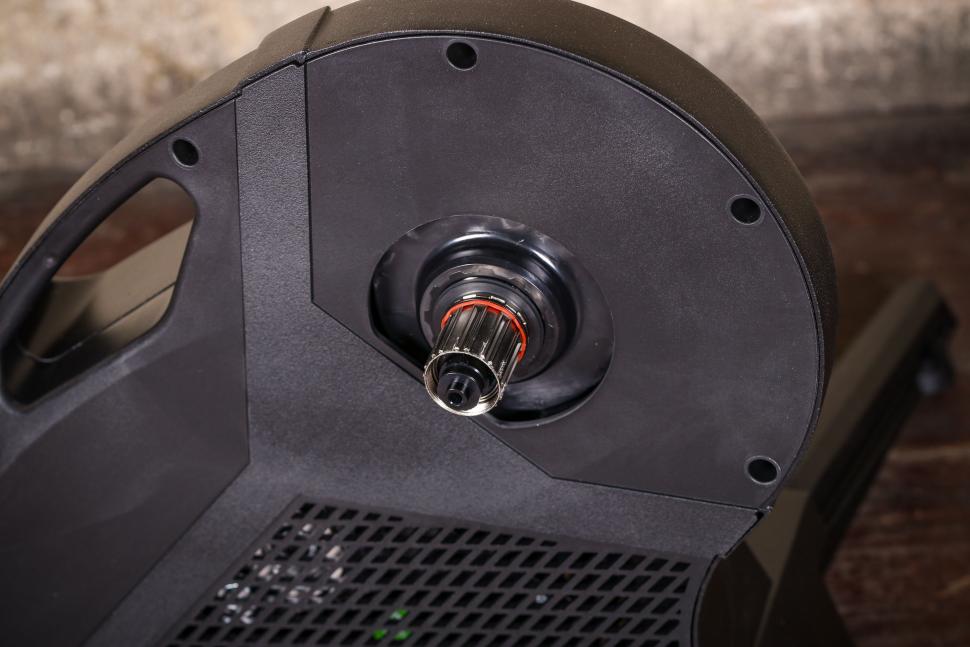
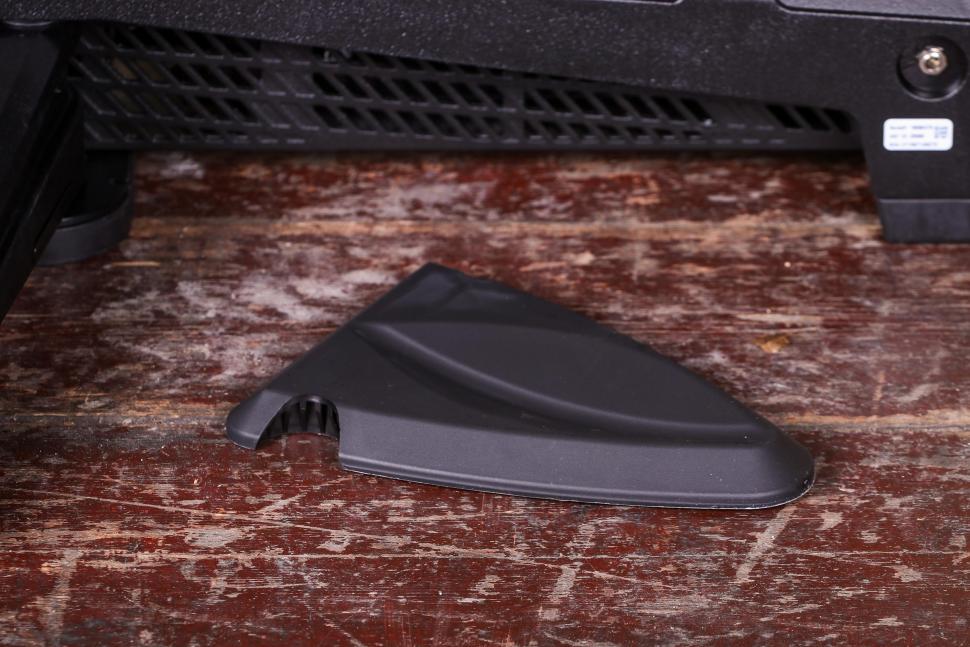

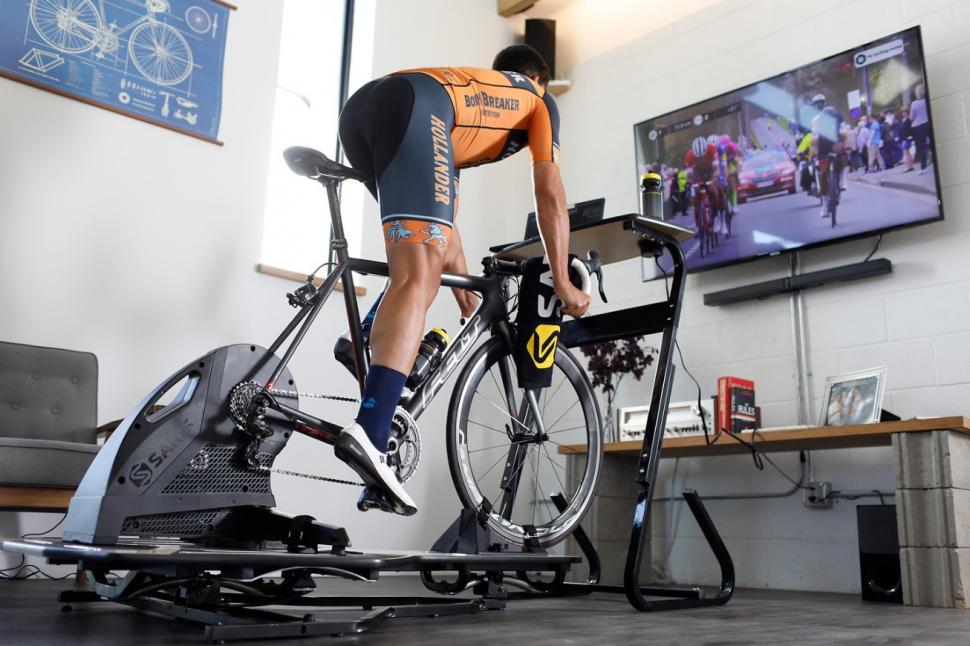


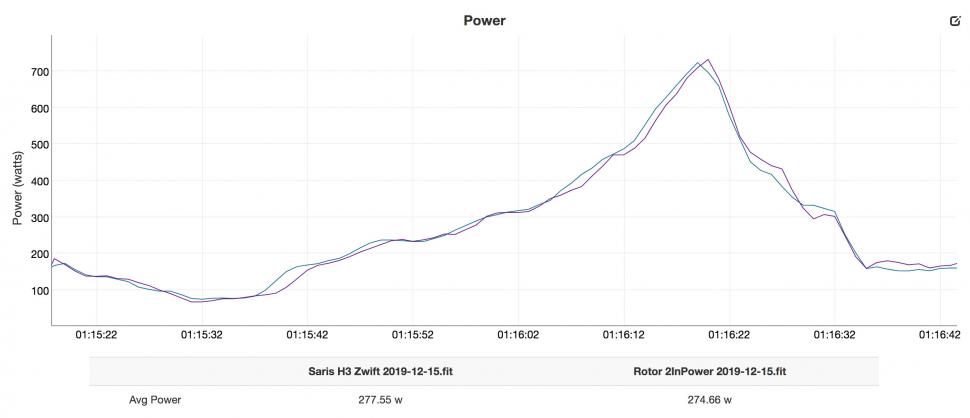

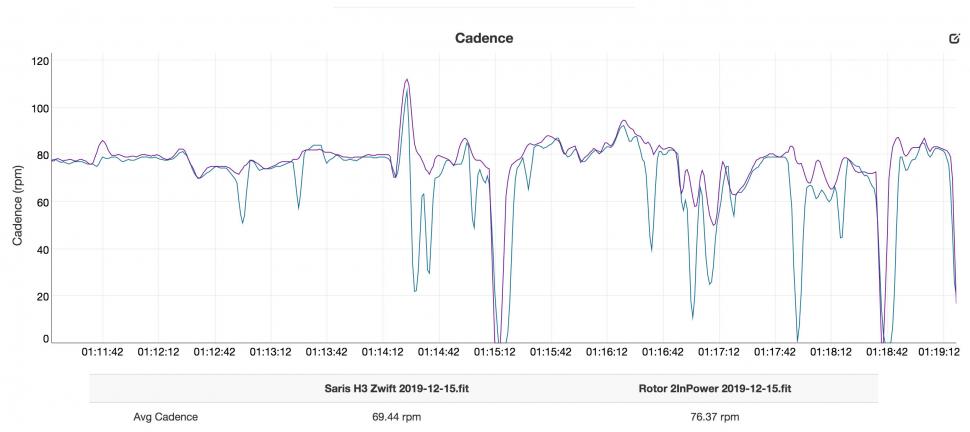
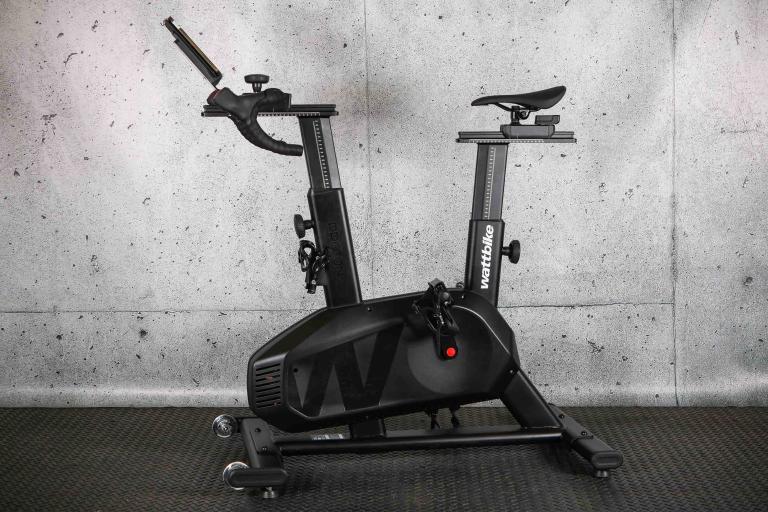
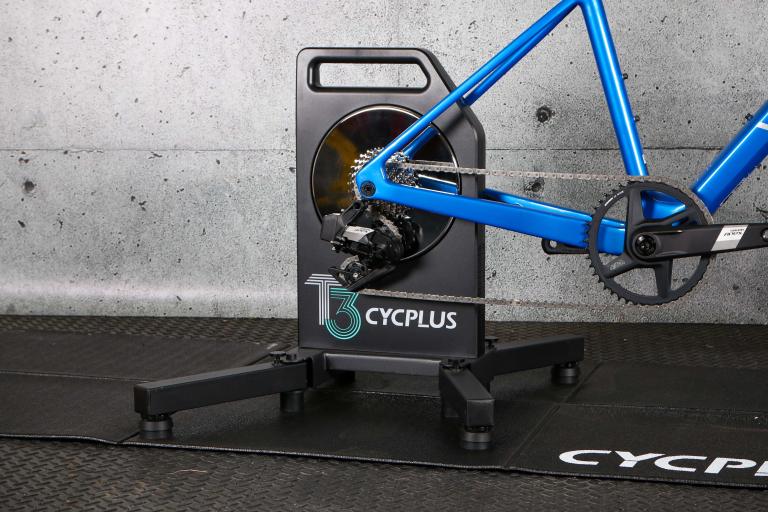
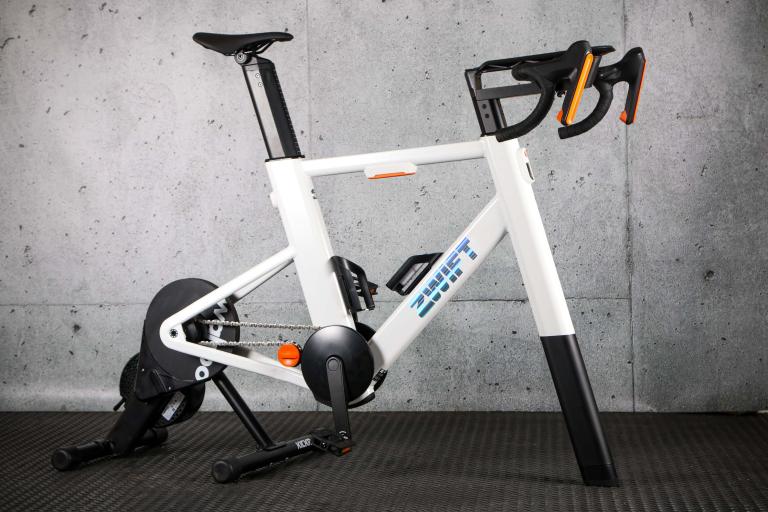

Add new comment
1 comments
Surely anyone buying that would want their own cassette? Partly because they could be running a 9, 10, 11 or even 12 speed set-up on their bike but also because people will want different ratios to suit their style. Can guarantee that if they shipped it with a cassette, it'd be wrong somewhere along the line - wrong ratios or Shimano when they needed Campag etc. Surely easier to just let the customer buy their preferred one so long as the relevant spacers are included with the trainer.